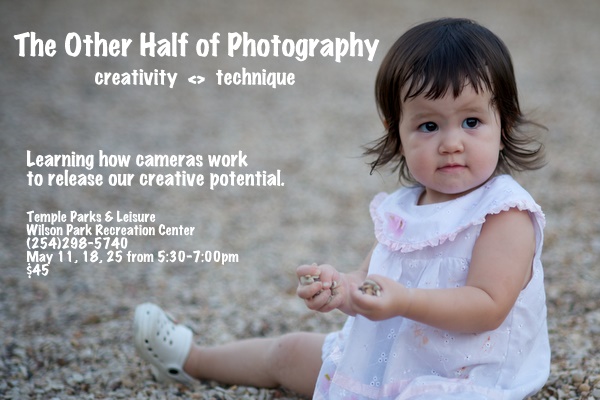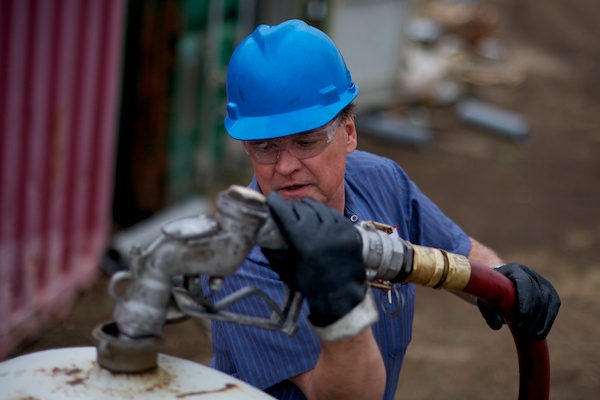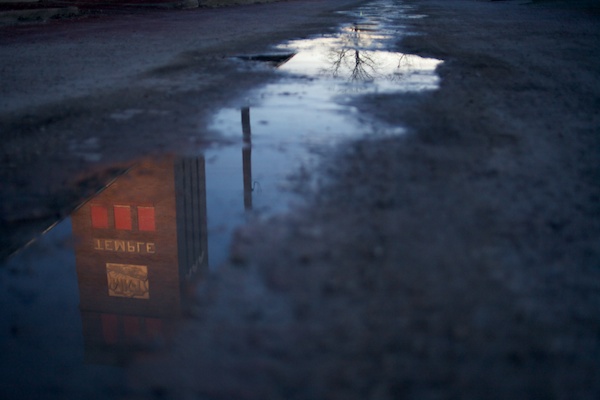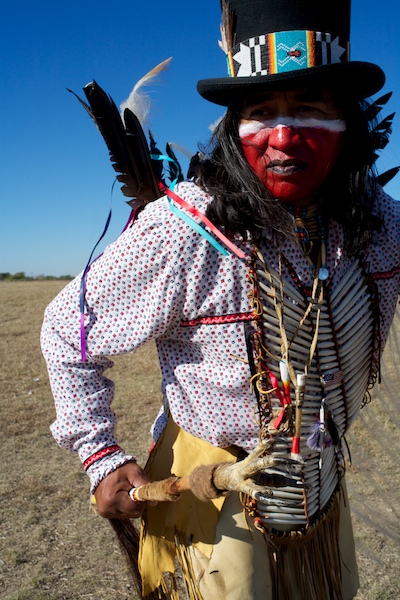There is a difference. The workshop I am starting up today is not “basic photography”, in the sense of photography for just beginners. Rather, if the word “basic” must be used to describe it, it is the “basics of photography”, in the sense that we may already be highly creative, have an excellent eye for the image we want, and take beautiful photographs on a regular basis, but we still have a weakness in the technical aspects of how photography works.
Photography is intriguing in that way: it is both highly creative and highly technical. You have to have a feel for the image, and eye for what to capture, but you also have to have a solid understanding of the technical aspects of how cameras and lenses work. That technical understanding will unlock knew realms of creativity, or, at the very least, help you mess-up fewer photos.



